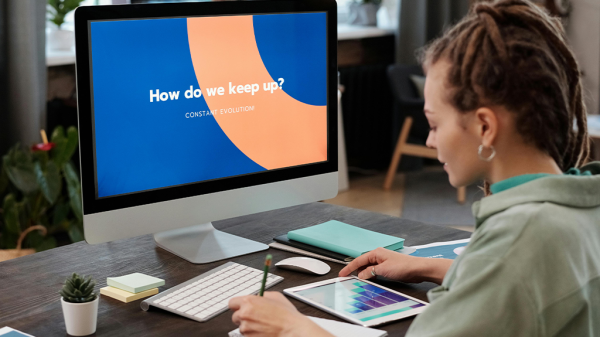Algorithm and reach are two words we hear bandied about whenever social media is the topic of conversation. They both pertain to getting your content, your brand, your message out to your target audience. YouTube can be quite a star-making platform, as long as your content reaches the right people – and enough of them.
Google owns YouTube, and the common wisdom says that getting noticed on YouTube means getting noticed by Google. They will give you brownie points in a way, for using their platform, so that your page, your content, your brand will rise through the ranks of the complicated SEO web if only you can use YouTube effectively. Now they are telling us how.
Social reach is essentially the number of unique views your content has, how many people/accounts have seen it. In theory, the more people who see your content, the more customers, fans, sponsors, or followers you will attract. Reach and algorithm are related, because we are led to believe that, along with quality content, the algorithm drives reach.
- If your video is getting lower views and click-through rates, try changing the title and thumbnail. While on some platforms, editing a post can mean the death of reach, YouTube assures us this is not the case with their platform. A punchy or helpful new title and thumbnail may attract more people to click on and watch your video. As people begin to interact with your post differently, the algorithm responds to how people are interacting with the new look and title, a phenomena that could go in either direction.
- Subscription feed numbers are not a primary driver of the algorithm. Older, inactive subscribers will likely not be shown the video, and therefore their inactivity will not count against users.
- A video’s search rank is based on a combination of things, such as how many people using the same search words have viewed it, and how long they stayed on your channel, and how much of the video they watched. They try to put the videos you are most likely to watch in front of you. Relevance to searcher > overall number of views.
- Returning viewers and analytics will be launched soon. These analytics will help video content creators see how many returning visitors they have and how many new viewers they are reaching.
- Subscriber count is overall a poor indicator of who will actually watch your videos, based on the data the YouTube team has compiled. There are a lot of factors, but subscriber count is not the end all be all by any means.
- While there is a limit of 3 uploads before YouTube turns off notifications that the video is live, notifications only go out once a video is published. Therefore, batch uploading, either leaving them unlisted or scheduling the videos for later publishing will not have an impact on the notifications and algorithms.
- Publishing videos/titles/keywords in more than one language can impact reach, unless your audience is also bilingual or multilingual. Best practices, as recommended by YouTube, would be to create a channel for each language you are going to publish in. The only reason is to appeal to a target audience in each language. If half of your viewers only speak one language, they will be less likely to engage with a video in the other language anyway, which could have an unintended effect of monolingual audiences tuning out.
- Is there a target number of times, or threshold, that videos have to be viewed in order to start getting recommended to more people? While some video content creators may notice older videos begin to get more views and reach after a seemingly random amount of time, this does not mean that YouTube is showing them to more people after a target number of hours watched or number of views. Instead, it’s possible that a video may contain content that is suddenly of interest to the general population of viewers, or that newer subscribers or viewers are checking out your previous videos because they are curious and like the content that brought them to you.
These insights, as presented in this video from Rachel from the YouTube Search and Discovery group, are useful and helpful, even if they don’t definitively explain how their algorithm works. If anything, it points back to the fact that content is still king, and if you are producing quality content and uploading them with intention (and relevant keywords), your channel should continue to grow.
Not everyone or every brand will shine on the YouTube platform, and not every viral video is what we may interpret as good quality. Continue to consider your target audience and where to find them on YouTube. Be sure to watch and engage with other content as well, because that also may bring someone to your page. Decide on a strong consistent content strategy, keep plugging away at it, and don’t give up.
Joleen Jernigan is an ever-curious writer, grammar nerd, and social media strategist with a background in training, education, and educational publishing. A native Texan, Joleen has traveled extensively, worked in six countries, and holds an MA in Teaching English as a Second Language. She lives in Austin and constantly seeks out the best the city has to offer.











































Pingback: Content creators, check out this big a*s guide to making money
Pingback: Patreon sets sight on creating in-house video feature to lure from YouTube